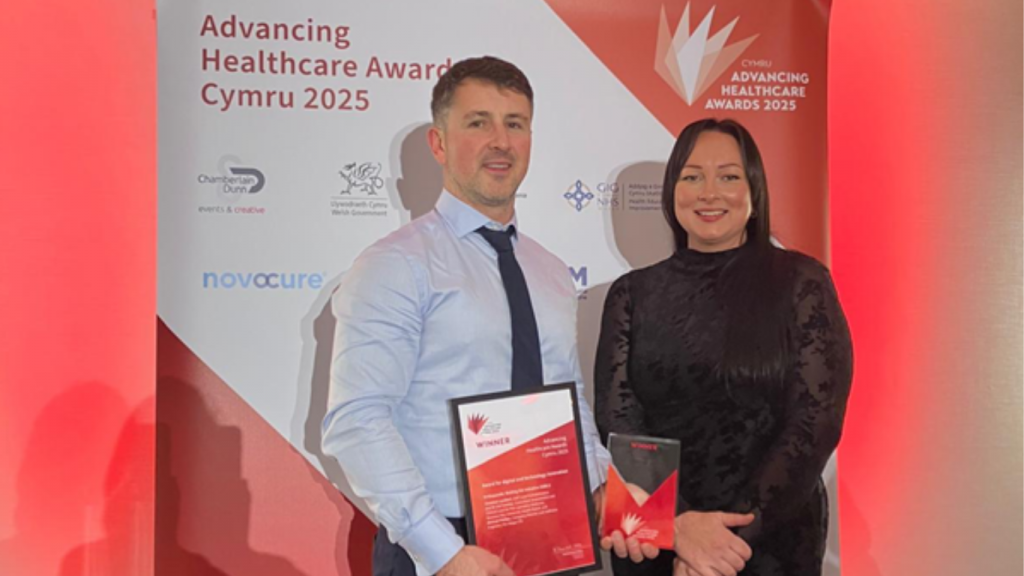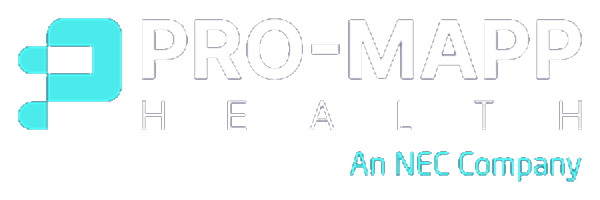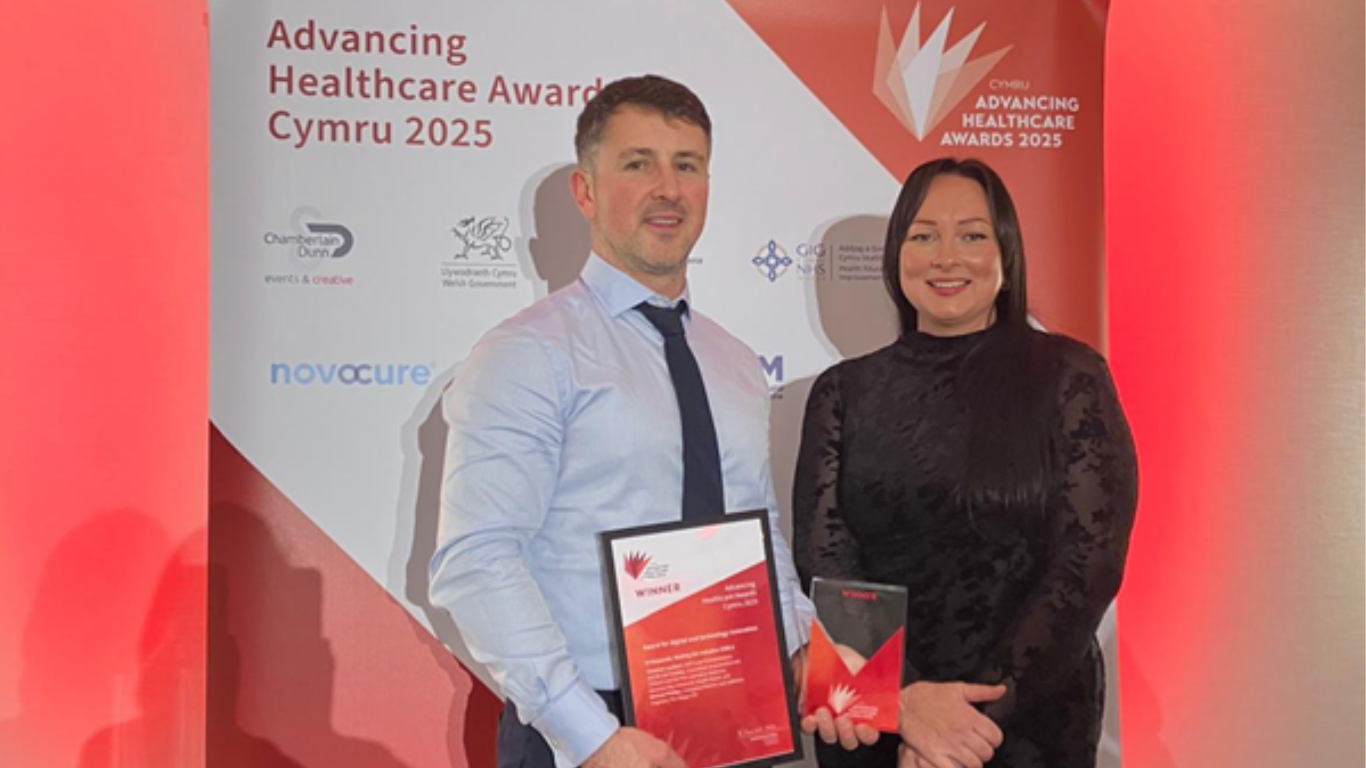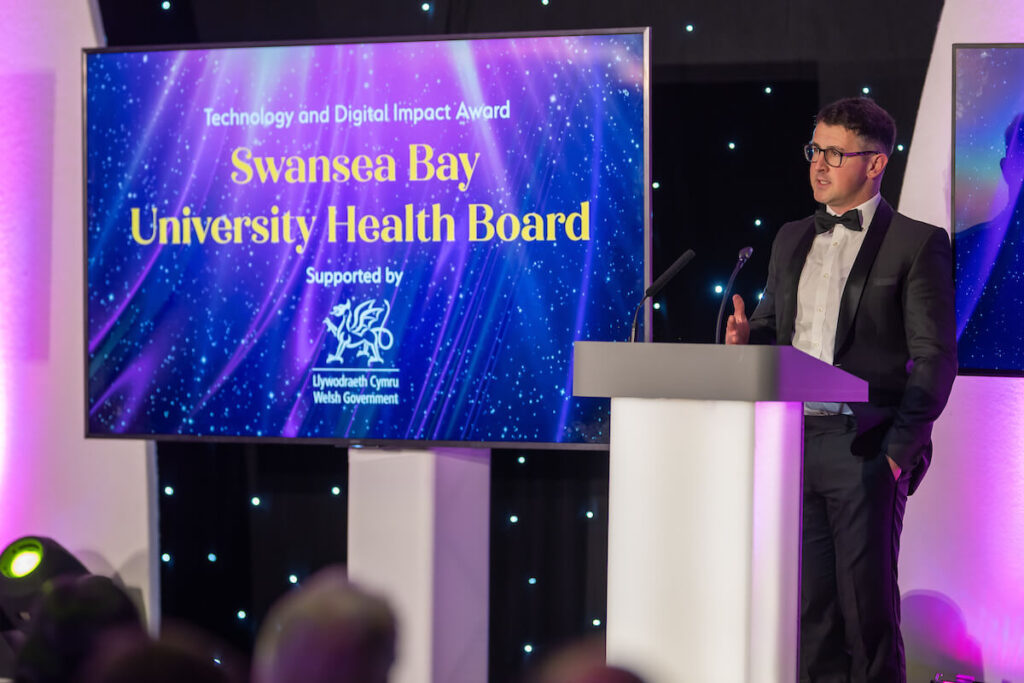
NEC Health’s PRO-MAPP has been recognised for its groundbreaking work, winning the Digital and Technology Innovation Award at the Advancing Healthcare Awards Cymru 2025.
This award celebrates the success of the Orthopaedic Waiting List Initiative (OWLi) – a digital platform co-developed with Swansea Bay University Health Board to transform pre-operative care for patients awaiting joint replacement surgery.
OWLi is driving real change by:
- Monitoring health and identifying risks to improve patient safety
- Providing tailored support and health nudges to help patients prepare for surgery
- Streamlining waiting list validation and triage to reduce delays and improve outcomes
The platform now goes even further, analysing patient data to assign a clinical risk profile. This means patients can be directed to the right pre-operative clinic faster, based on anaesthetic risk – reducing delays and improving throughput.
“We’re proud that the OWLi platform has been recognised with the Digital Technology Advancing Healthcare Award. Since 2022, our health board has partnered with Pro-mapp Ltd to transform how we manage patients awaiting surgery. Together, we’ve built an innovative solution that not only monitors health and stratifies risk but also connects patients to vital support services. OWLi isn’t just a platform—it’s the beginning of a new era in planned care, harnessing digital health to deliver safer, smarter, and more personalised patient journeys.”
- Chris Lambert, Prehabilitation AHP Lead & PhD Candidate, Swansea Bay UHB
Over 4,000+ orthopaedic patients have so far been supported while waiting for hip and knee replacements in Swansea Bay. This is innovation in action – helping patients take control of their health and ensuring better surgical outcomes.
Head of PRO-MAPP, Michael Phillips shared, “It’s been an honour to work with another award-winning client committed to innovative, patient-centred waiting-list management. By profiling patients and personalising services, we can identify prehab support that helps ensure people are as fit as possible for their procedure.
Our intelligent profiling also streamlines service planning and theatre use. This approach is a clear win for patients, staff, and the wider health board, and we look forward to building on this progress to further improve waiting lists.”
Learn more about PRO-MAPP
PRO-MAPP recently joined NEC Health’s connected ecosystem of data-driven tools that enables the health sector to act with insight. Discover how they’re creating personalised patient pathways here.












